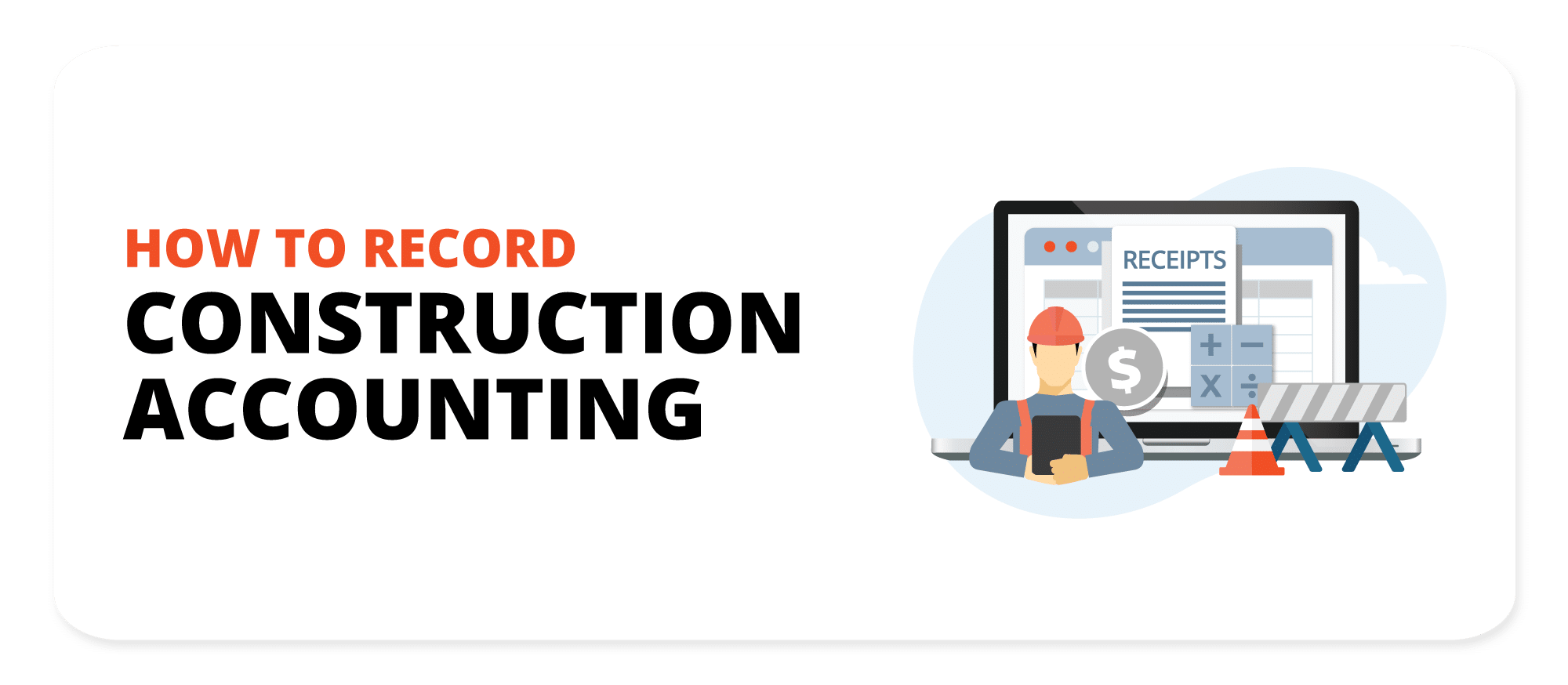The Role of Construction Accounting in Controlling Cash Flow Effectively
Wiki Article
Grasping Building Audit: Important Tips for Financial Success in the Sector
Mastering construction audit is a vital element for financial success within the sector, as it includes numerous methods that straight influence task earnings. Exploring these forgotten techniques might reveal possibilities that can change your technique to building and construction audit.Understanding Building Bookkeeping Essentials
Understanding the basics of construction accountancy is vital for efficient project monitoring and monetary oversight in the building sector. Building and construction bookkeeping differs substantially from conventional audit practices as a result of the special obstacles postured by project-based job, consisting of variable costs, changing timelines, and complex regulative needs.
A vital facet of construction accounting is job setting you back, which involves tracking expenditures for each certain job. This approach allows professionals to precisely analyze productivity and make notified financial choices. Furthermore, building and construction accounting incorporates making use of progression invoicing, where billings are released based upon the percentage of work finished, ensuring capital is maintained throughout the project lifecycle.
One more critical element is the management of adjustment orders, which represent adjustments to the initial contract extent. Correct paperwork and accountancy for these adjustments are vital to protect against economic conflicts and make sure precise task budgeting.
Finally, understanding the relevance of compliance with market laws and tax requirements is critical. Precise economic reporting and adherence to audit standards not just guard versus lawful problems yet likewise boost the reliability of building companies. Understanding these fundamentals establishes the foundation for efficient monetary management within the building and construction field.
Effective Project Budgeting Strategies
Efficient task budgeting methods are crucial for making certain that building and construction tasks stay economically feasible and on track. A well-structured spending plan offers as a roadmap, directing task managers through the intricacies of building prices.Following, using historic information from previous tasks can substantially enhance the precision of spending plan quotes. By examining previous expenses, teams can identify expense trends and potential mistakes. Furthermore, involving stakeholders throughout the budgeting process promotes openness and safeguards buy-in, which can minimize disputes later.
Furthermore, adopting an in-depth line-item budget enables thorough monitoring of expenses related to products, labor, and expenses. This granularity allows task supervisors to determine variances early and change strategies as necessary. Additionally, integrating contingency allocations within the spending plan can assist make up unexpected expenditures, securing the job against economic stress.
Last but not least, normal budget reviews throughout the project lifecycle make certain that monetary goals remain aligned with project goals, facilitating prompt interventions when needed. Executing these techniques can considerably contribute to the economic health and wellness and success of building and construction tasks.
Streamlining Expense Tracking Processes
Exact price monitoring processes are essential in the construction market, as they often figure out the financial success of a job. Efficient monitoring permits project managers to check expenses in real-time, guaranteeing they stay within budget plan and can make educated decisions swiftly. To streamline these procedures, it is vital to take on a methodical method that incorporates modern technology and recognized methods.First, utilizing specific building and construction accountancy software application can automate data access and reporting, lessening human error and boosting effectiveness (construction accounting). Such software program typically consists of attributes for tracking labor, materials, and subcontractor expenses, providing a detailed sight of project expenditures
2nd, systematizing procedures for tape-recording expenses across jobs enhances discover this consistency and simplifies evaluation. Establishing a clear chart of accounts customized to the one-of-a-kind demands of building and construction tasks can assist in exact classification of expenditures.

Managing Capital Effectively
Managing capital effectively is an important component of economic health in the building and construction market, where projects typically involve substantial in advance prices and postponed settlements. To efficiently take care of capital, construction companies must carry out a robust budgeting process that anticipates both straight and indirect costs. This insight permits better planning and appropriation of sources, ensuring sufficient funds are readily available when needed.Regularly checking money circulation declarations is essential. By analyzing money inflows and discharges, businesses can identify trends and prospective shortages. This technique helps with prompt modifications to investing or settlement routines, preventing cash shortages that can endanger project timelines.
Furthermore, developing clear payment terms with clients can minimize hold-ups in receivables. Think about applying milestone billing, where settlements are made upon getting to specific task stages (construction accounting). This approach not only enhances capital but likewise fosters transparency in financial transactions
Lastly, preserving a financial pillow or line of credit report can supply a safeguard throughout lean durations. Utilizing these approaches will certainly cause an extra steady Discover More financial foundation, allowing building companies to browse the market's fundamental uncertainties with higher self-confidence.
Avoiding Typical Audit Mistakes
In the complex landscape of building accountancy, staying clear of typical risks is important for keeping economic integrity and project success. One widespread concern is inadequate record-keeping. Building projects usually entail countless transactions, and falling short to document them properly can lead to disparities and monetary losses. It is crucial to apply a robust system for tracking costs, labor, and products.Another pitfall is the mismanagement of adjustment orders. Change orders are an all-natural component of building and construction projects, however without appropriate audit for these changes, firms may struggle to recover expenses. Establishing a clear procedure for documenting and approving adjustment orders can reduce this danger.
In addition, neglecting to reconcile accounts consistently can cause incorrect monetary statements and prevent decision-making. Routine settlement ensures that documents line up with bank statements and project documentation.
Last but not least, ignoring tax obligation responsibilities can have severe consequences. It is necessary to stay notified about tax obligation policies details to the building and construction market, consisting of sales tax on materials and labor.
Verdict

Report this wiki page